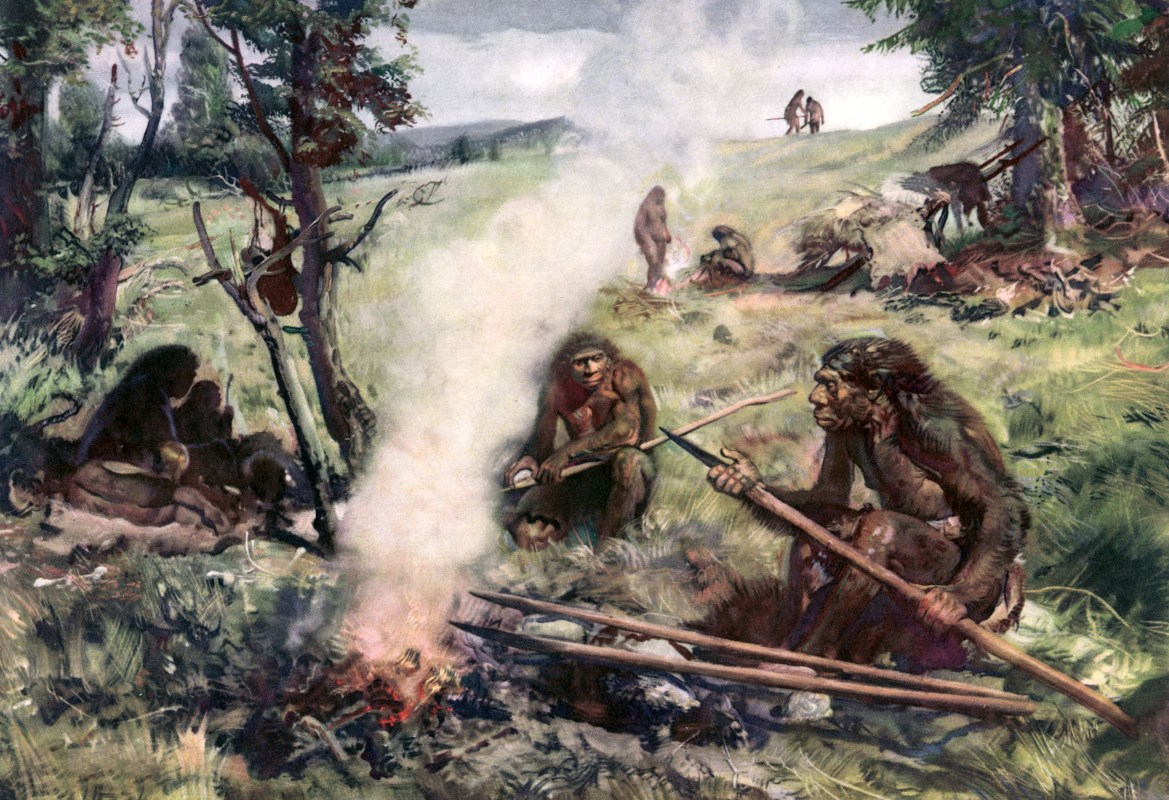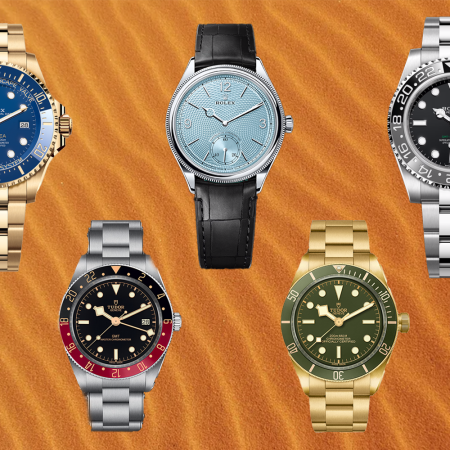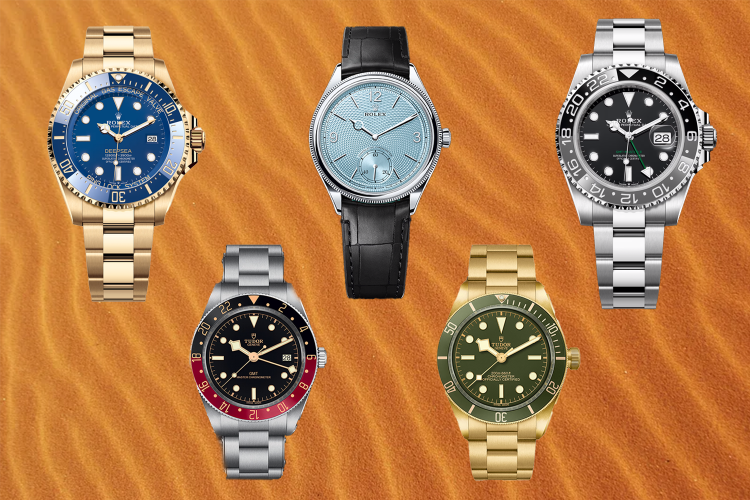Science and logic has always indicated that, when they coexisted, early humans and Neanderthals mated and reproduced to some degree.
According to an analysis of gene ancestry data published in Nature Ecology & Evolution, that thought it still true – but to a much larger degree than previously thought.
By analyzing the bits of Neanderthal DNA which are present in different European and East Asian populations, scientists determined humans and Neanderthals bred multiple times over during the 30,000 years when the two species overlapped.
As a result, the snippets of Neanderthal DNA many people have are not the result of one-off couplings.
“The history of human-Neanderthal interactions is complex,” said study co-author Joshua Schraiber. “It wasn’t just one time that humans and Neanderthals ran into each other and interbred. They overlapped for tens of thousands of years, and multiple interactions occurred.”
However, science can’t determine if those interactions would have been taboo or not.
“It’s just inherently interesting that anatomically modern humans and Neanderthals interbred,” Schraiber said. “I wonder what would happen if there were Neanderthals today?”
This article was featured in the InsideHook newsletter. Sign up now.
























